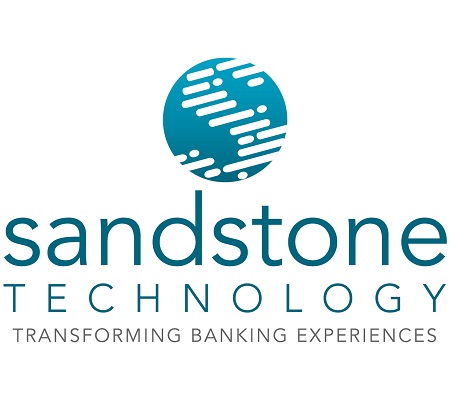
7 digital banking solutions to help retain and acquire SME customers
During the pandemic, at a time when many SMEs needed their banks’ support the most, they were let down by a major service gap. Outdated digital banking solutions are a big part of this ongoing problem.
Banks have traditionally focused on servicing the high-volume retail and enterprise/corporate segments, and neglected small-to-medium enterprises (SMEs). While neobanks have jumped in to fill the gap with products and services targeted to SME needs and challenges, traditional banks continue to lag behind.
For financial providers that aren’t currently offering a great customer experience via their digital banking, whether online or through mobile apps, a vast opportunity awaits.
What the service gaps look like for SMEs
As Sandstone Technology noted in their white paper ‘SMEs affected by Covid-19: how digital banking can extend support’, 2019 research showed that Australian SMEs were facing a national credit crisis. The “funding gap” for businesses with a turnover of up to $20 million had ballooned in the previous 12 months, from $83 billion to $90 billion. The causes ranged from onerous collateral requirements to slow turnaround times and inappropriate terms and structure.
COVID complicated matters further. The pandemic affected different SME sectors differently: some experienced massive growth, others floundered. This made servicing their needs even more complex. Meanwhile cost saving and managing cash flow became more crucial for the survival of SMEs, and some banks weren’t providing the digital tools to achieve that.
Many of the underlying weaknesses still exist
Lead times for SMEs opening accounts and applying for loans, top-ups and deferrals are often long, even today, due to the manual processes involved. This has a knock-on effect for business activities, cashflow and R&D.
Many banks don’t offer the kinds of innovative payment processing that COVID has normalised, and indeed, that SMEs and end consumer’s demand.
Because SMEs are a diverse group of businesses ranging from agriculture and construction to accommodation and the arts, traditional banks may lack the financial insights into their various business needs.
Banks also fail to understand SMEs’ needs across different business life cycles: from handholding in early stages, and access to capital in the growth phase to cash flow management in maturity phase. Banks often do not offer targeted guidance or support across these different phases through their digital banking solutions – the gap is real.
Winning back the trust
COVID has accelerated what Sandstone already knew was happening in the SME segment – a preference for digital interaction overtaking the traditional relationship-based model in business.
“There are few financial institutions today that don’t recognise the opportunity to optimise what they’re doing, to improve customer acquisition and retention – and increase trust,” says Sandstone Technology CEO Michael Phillipou. “And that’s especially true for the SME sector.”
Many SMEs have lost trust in the major banks through COVID. But the opportunity is there to turn that around, to help SMEs drive growth in economic recovery, using banking solutions that grow with the customer.
Banks can adopt these 7 digital innovations today, to address the SME service gap.
- Simplifying onboarding and origination by eliminating manual processes.
Banks can automate scanning and interpreting documents, integrating with credit score providers and ID verification, reducing time for loan approval or account opening – all on existing online and mobile platforms. - Card issuance, controls and digital wallet for fast access to short-term finance.
Employees can use cards for everyday business expenses, with virtual cards reducing fraud risk and enabling more control of how cards are used. - Faster payments with NPP.
A platform for making and receiving payments in real time, NPP helps manage cash flow for SMEs. Even batch payments like payroll processing and cross-border payments can be executed in real time. - Data reporting and insights to personalise interactions.
Banks’ customer data can help with credit assessments and with personalising meaningful reports for customers, paving the way for an open-banking future. SMEs can also analyse their own financial position for cost-control purposes. - Digital invoicing to save on cost and time.
Digital invoices save on paper, printing, postage and time – and SMEs receive money faster from customers when they use digital invoices. Some smaller SMEs may rely on their bank for digital invoicing capability. - Making day-to-day tax management more efficient.
Banks can offer a digital vault for storing scanned receipts; they can also integrate with myGov and with SMEs’ accounting software. - Targeting audiences with greater ease.
With a customer segment as diverse as SME, customer segmentation is key for banks. Digital channels can integrate with content management portals to run specific campaigns; banks can provide relevant information and targeted product offerings.
So much opportunity for banks to win
“Research shows that SMEs are willing to stay or switch, based on better products, services and technological improvements,” Phillipou says.
Banks can enhance their existing channels with new in-house solutions. They can leverage the existing capabilities of their vendors and partners. They can also form partnerships with fintechs to bring in specific custom capabilities.
“Banks need their business strategy to be based on understanding the needs of SMEs and their end customers,” Phillipou says. “That goes hand in hand with a digital transformation strategy that prioritises delivering the tools this segment demands.”


